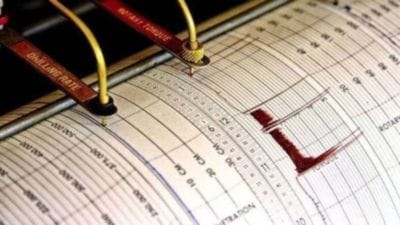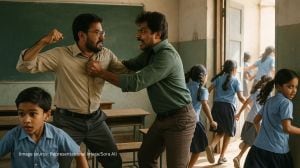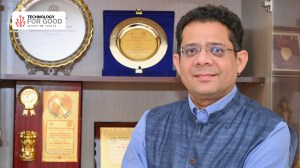Narendra Luther is a novelist, columnist and film-maker based in Hyderabad and a longtime chronicler of the Nizam’s old domain. In a new pictorial volume, he has collated a life in text and photographs of India’s foremost lensman of the British Raj, Raja Deen Dayal. Though Deen Dayal was internationally feted and even awarded in 1893 (for his images of Indian temples and palaces) in the United States by the World’s Columbian Exposition in commemoration of the 400th anniversary of the landing of Christopher Columbus in America, this is the first Indian chronicle on him. Since Deen Dayal, as official photographer to the Viceroy and holder of the Royal Warrant for photography from Queen Victoria and Edward VII, captured the India visits of former Princes of Wales, Luther’s book, whose major photo source is Deen Dayal’s great-grandson, Sureshchand Deendayal, has a foreword by Prince Charles.
What he has to say may be news to many of us: “Deen Dayal was at the summit of his craft at a time when the practice of photography was still very much in its infancy. Many associate the beginnings of photography with Europeans and Americans — with Daguerre and Petzval, and later Eastman and Edison. Yet throughout this period, photography flourished in what was then British India, from Delhi to Madras, in Bombay and Calcutta, in what, even at that time, was a genuinely indigenous movement. The twenty four studios already operating in Bombay in 1899, for example, heralded the dominance of ‘Bollywood’ today. Foremost in this Indian photographic movement was Deen Dayal.” (Incidentally, he was the only photographer to be made a ‘Raja’ by his favourite patron, Nizam VI of Hyderabad.)

The book has many levels of information: a brief history of international and Indian photography, an overview of the structure, lifestyle and quirks of princely India and its relationship to its British overlords, how the Sahibs and Memsahibs lived in India and a personal history of Deen Dayal. Together, they add up to a princely performance by Luther, with many interesting tidbits. For instance, the British encouraged photography in India after 1857, to document and acquaint themselves better with the peoples they ruled. Some early lensman in British India were Ahmud Ali Khan who left two albums of pre-Mutiny Lucknow and Darogha Haji Abbas Ali, C. Iyahsawmy of Madras and Dr Bhau Dajee of Bombay. And clearly a master craftsman of his time, Raja Deen Dayal.
































